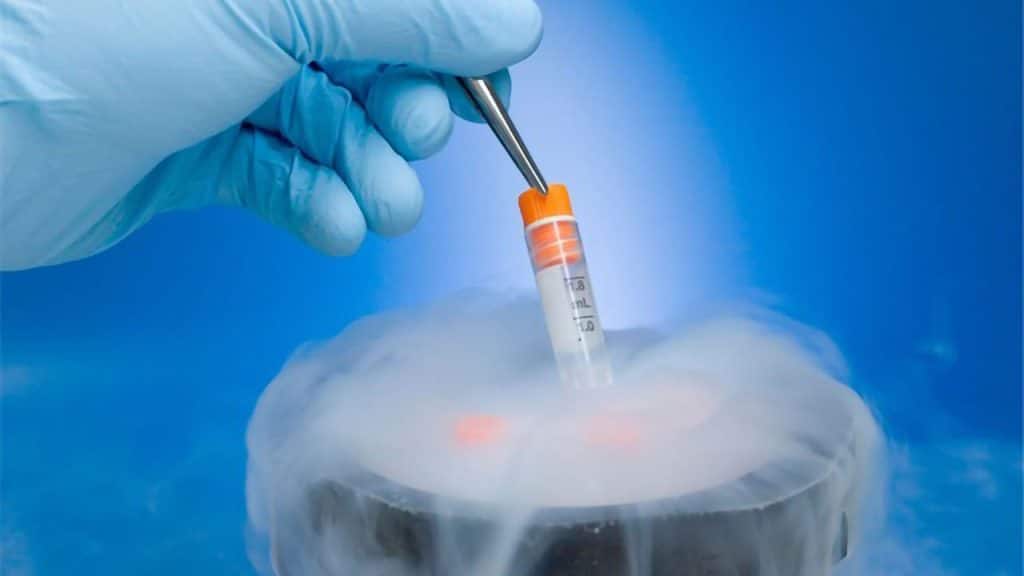Few aspects of health and longevity science seem more futuristic, if not outright implausible, as cryonics. The idea that you could be fatally injured but then just frozen for numerous years before being woken up and healed with some technology we haven’t even invented yet sounds like an exciting piece of fiction. What you might not know is that cryopreservation, on a somewhat smaller scale, is a developing field, and AI may help push it a little further (https://longevity.technology/news/putting-ai-to-work-in-cryopreservation/).
To be clear, we’re not talking about freezing entire human bodies. Not yet, anyway. This is about the little things; tiny samples of cells and tissue. Freezing eggs for fertility treatments is an example that is already successfully practiced. The next steps may involve stem cells, before moving to the preservation of whole organs.
Think about it. Organ transplantation is a hugely important, life-saving procedure in situations with no other options. It’s also not accessible to everyone. Part of this is due to the lack of suitable donors, but there are also issues with the short window of time between when an organ becomes available and when it has to be implanted. Helicopters rush across the country trying to transport them while they’re still viable. Imagine if you could put a fresh organ into a frozen storage and then remove it again, still working, whenever necessary. Time scales could be increased from hours to years. There could be a biobank just for storing organs.
This is still a pipe dream, but one company is hoping to start itself along the journey. Oxford Cryotechnology was founded by a molecular biogerontology professor, a computational cryopreservation researcher, and the CEO of a cryonics company. Their goal is to take some of the methods used in aging and longevity science, including the new, data-driven machine learning models, and apply them in the still very niche field of cryopreservation.
Even the cryopreservation that is viable at the moment, for small-scale cell conservation, has flaws. One of the main problems is toxicity. The same protective agents that prevent ice damage can become poisonous to human tissue, leading to a certain amount of cell death. Trying to better identify the mechanisms causing this toxicity, as well as ways to counter it, is a priority for the new, data-driven approach.
There’s a long way to go, but every innovation has to start somewhere.




